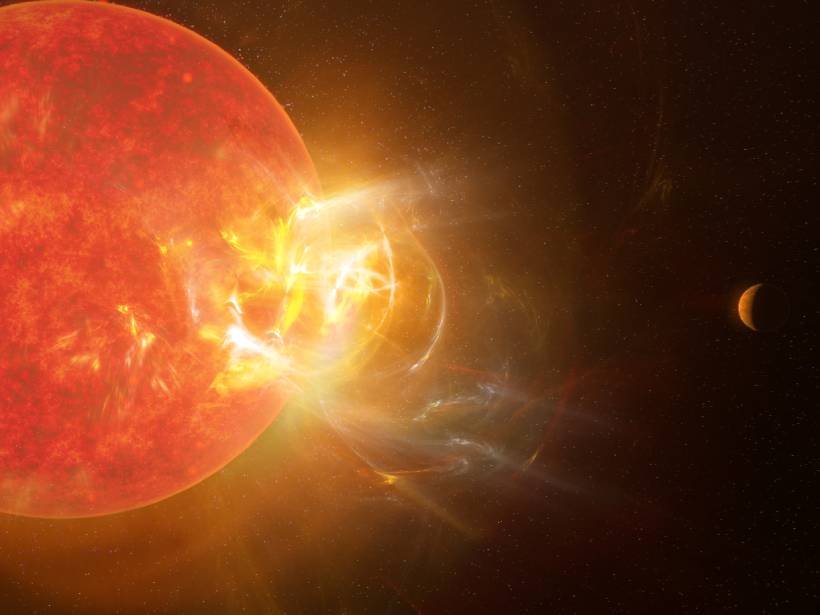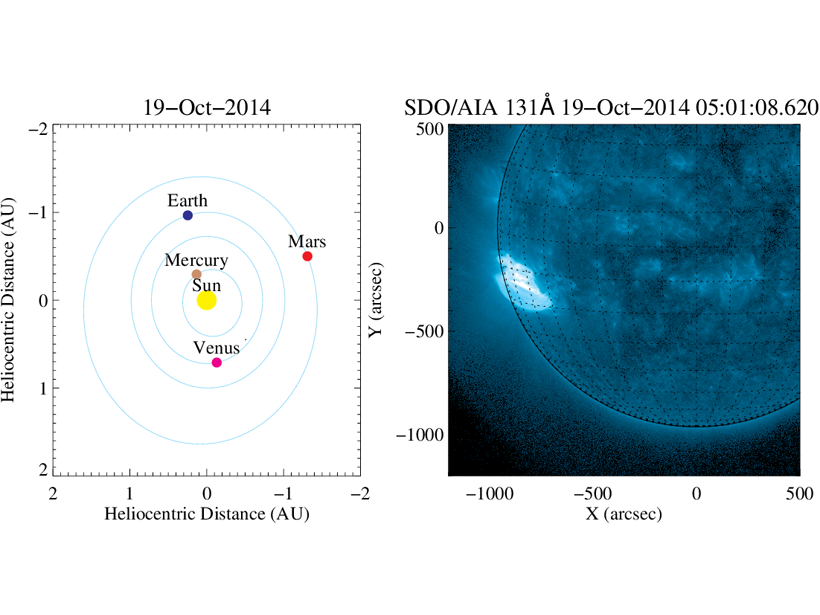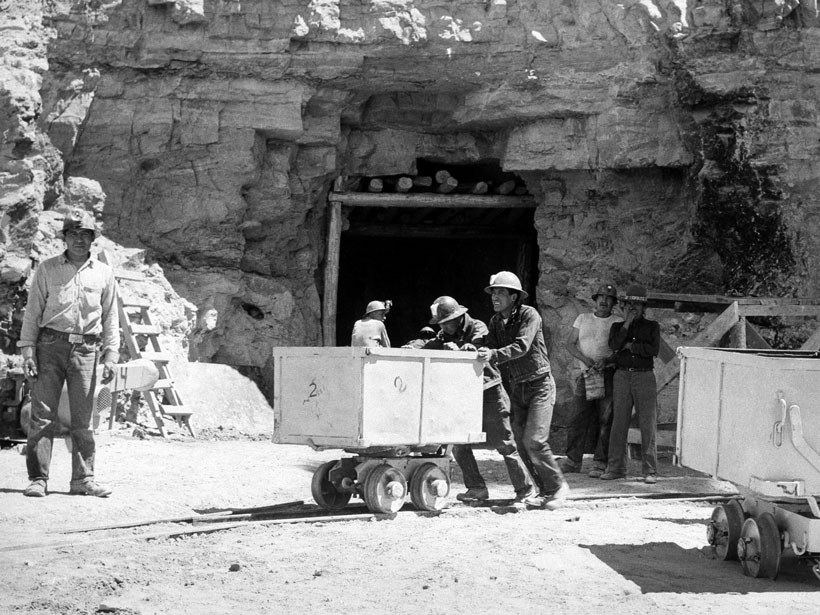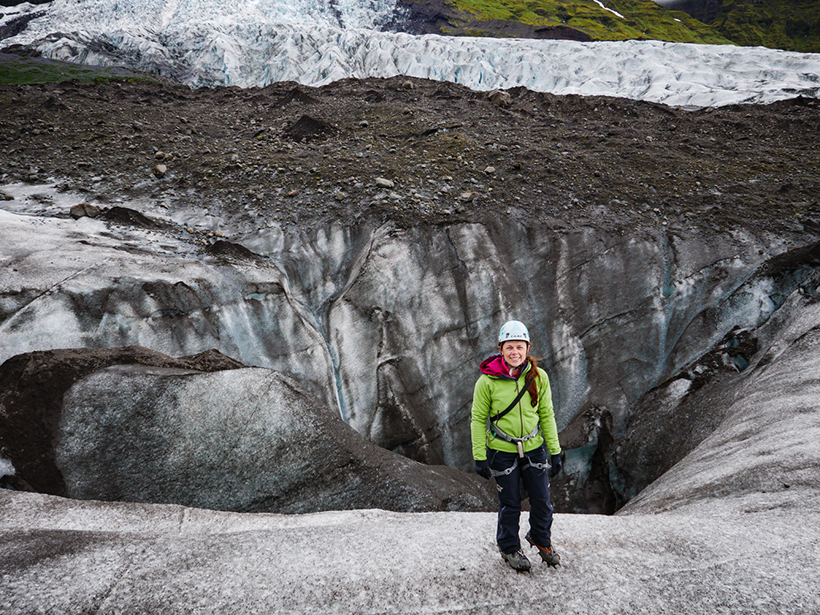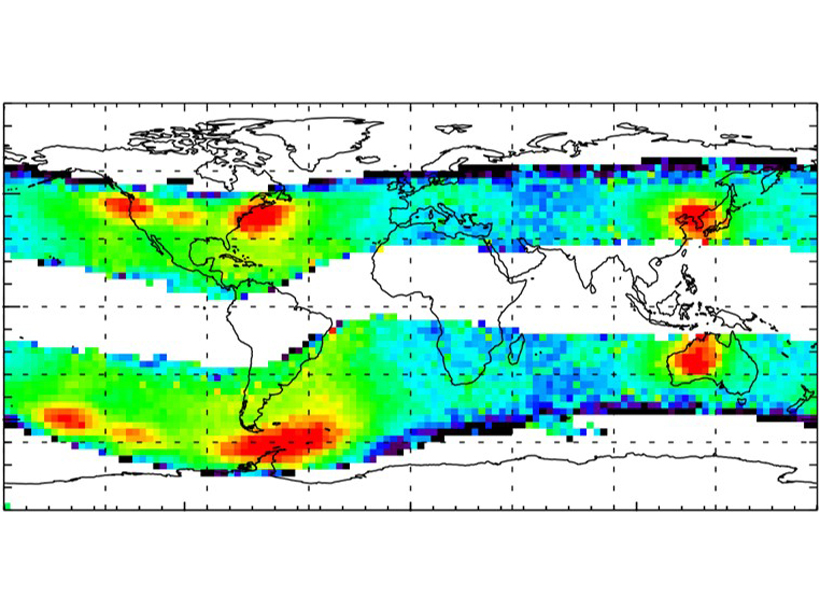Trapped ions discovered at midlatitudes can have energies exceeding 100 megaelectron volts per nucleon. Their detection adds to our understanding of the powerful radiation environment around Jupiter.
radiation
Record-Setting Flare Spotted on the Nearest Star to the Sun
Proxima Centauri recently let loose a blast of radiation, and ground- and space-based telescopes detected the record-setting event at wavelengths ranging from radio to the ultraviolet.
Severe Radiation Storms Pose Health Risk to Air Travel
Simulations of radiation storm fluxes on real flight paths highlight how severe space weather could expose aircrew and passengers on busy transatlantic routes to significant radiation doses.
Pensando en el Zinc: Mitigando la Exposición al Uranio en la Nación Navajo
En un innovador ensayo clínico se estudia el impacto del zinc en la mitigación de los efectos sobre la salud relacionados con la minería de uranio. Éste se lleva a cabo mediante la “participación bidireccional” entre los Navajos y las comunidades médicas.
The Importance of Solar Lyman-alpha Emissions for Space Weather
Lyman-alpha emissions convey a major part of the solar-flare photon energy reaching Earth and play a significant role in flare-driven enhancements of ionospheric conductivity.
Thinking Zinc: Mitigating Uranium Exposure on Navajo Land
An innovative clinical trial uses “two-way participation” between Navajo and medical communities to study the impact of zinc on mitigating health effects associated with uranium mining.
Understanding High-Energy Physics in Earth’s Atmosphere
Thunderstorms present a variety of hazards, including emissions of ionizing radiation. An international group of scientists met at an Armenian observatory to share their findings.
Podcast: A Nuclear Legacy Buried in Ice
The radioactive remains of nuclear testing during the Cold War and from nuclear disasters like Chernobyl are still with us and can be found in some of the remotest glaciers on Earth.
Human-made Emissions Modify Electron Space Environment
Very Low Frequency transmitters used for communications with submarines modify the dynamics of energetic electrons in the inner radiation belt and the slot region.
Bruce Barkstrom (1944–2018)
Bruce R. Barkstrom, principal investigator for NASA missions involved with understanding Earth’s radiation budget, committed his life to analyzing, interpreting, and stewarding Earth science data.


